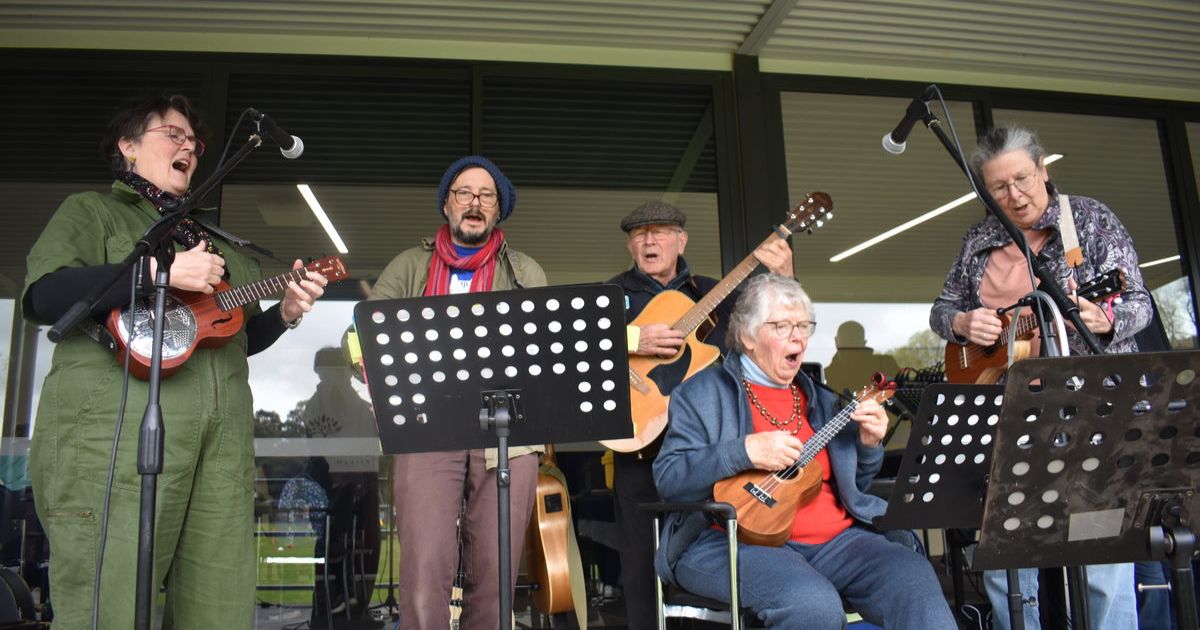How to become a commercial drone pilot

Sky high: Flying drones is a growing job market and could boost the economy by billions in the years to come. Photo: AAP IMAGE
LOOKING for a side hustle or a fresh career? Then flying drones may be for you, and getting a licence can be easier and quicker than learning to drive.
Commercial drone pilots conduct data collection for forests and wildlife, seed sowing and fertilising in the agriculture sector and mapping and monitoring for mining and energy companies.
Drones are also being used for air displays, food delivery, film and sports cinematography and by emergency services to monitor fires and floods.
Drones may even hold the key to accelerating the nation’s transition to clean energy.
Remote-controlled drones are being used in a trial to install sensors directly onto power lines to gather microclimatic data.
This data allows energy operators to safely dispatch more electricity when conditions are suitable, adjusting to the flow of renewable energy from a growing number of big and small sources.
If the trial overseen by the Australian company, Infravision, is successful, it could be scaled up to supply data covering entire electricity grids.
Drones fitted with cameras also provide a safe way to inspect wind turbines that reach 80 metres into the sky and allow mine operators to monitor sites from a distance or map terrain.
Modelling out to 2040 prepared for the Department of Infrastructure by Deloitte Access Economics found the drone sector will boost the Australian economy by $14.6 billion.
“The economic potential of drones is estimated to be significant across Australia’s states and territories as well as major cities,” the report said.
Charles Darwin University is trialling drone deliveries from Northern Territory health centres to remote communities in the West Arnhem region.
Drones fitted with cameras and thermal sensors are monitoring koala populations in Victoria through to Queensland.
Funded by the wildlife rescue organisation, WIRES, and Landcare, regular flights are conducted over koala habitats.
The footage is sent to ecologists at the Queensland University of Technology to be scanned using artificial intelligence, allowing computers to understand what they “see” to point wildlife volunteers to where they are most needed.
There are 2479 remotely piloted aircraft operator certificate holders in Australia and 28,162 registered remote pilot licence holders.
And with new technologies already in Australian airspace, alongside traditional aviation services, regulations for remotely piloted aircraft systems and advanced air mobility are catching up.
in 2021, it became mandatory for any drone flown for business to be registered.
The Civil Aviation Safety Authority doesn’t require a drone operator to provide a purpose for use but it does require equipment to be registered – unless flown for fun.
Getting a drone licence can be easier and quicker than learning to drive, and there is no minimum age.
But drone operation skills must be honed at CASA-approved private training schools, or colleges and universities, where would-be pilots learn theory and practical expertise.
Like a driver’s licence with classifications, the relevant licence will show the type and weight category of drone the holder is allowed to fly.
An aeronautical radio operator licence is needed to fly in controlled airspace, which allows people to broadcast over VHF radio aviation frequency with other pilots, engineers, air traffic controllers and emergency workers in the area.
Australians with military qualifications, former air traffic controllers and some flight crew can save time by getting their prior aviation experience recognised.
Any organisation wanting to fly drones commercially needs to get a certificate, register equipment and make sure their pilots have a licence.
There are also basic courses for users of smaller drones weighing less than two kilograms, designed for hobby pilots who don’t need a licence but want to hone their skills.
– BY MARION RAE/ AAP

















